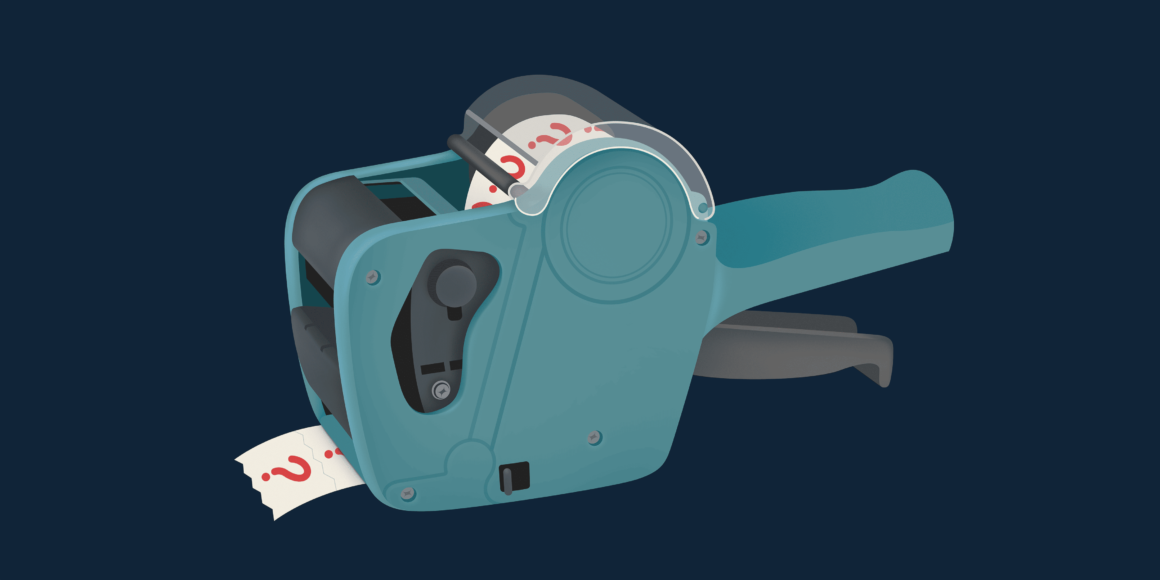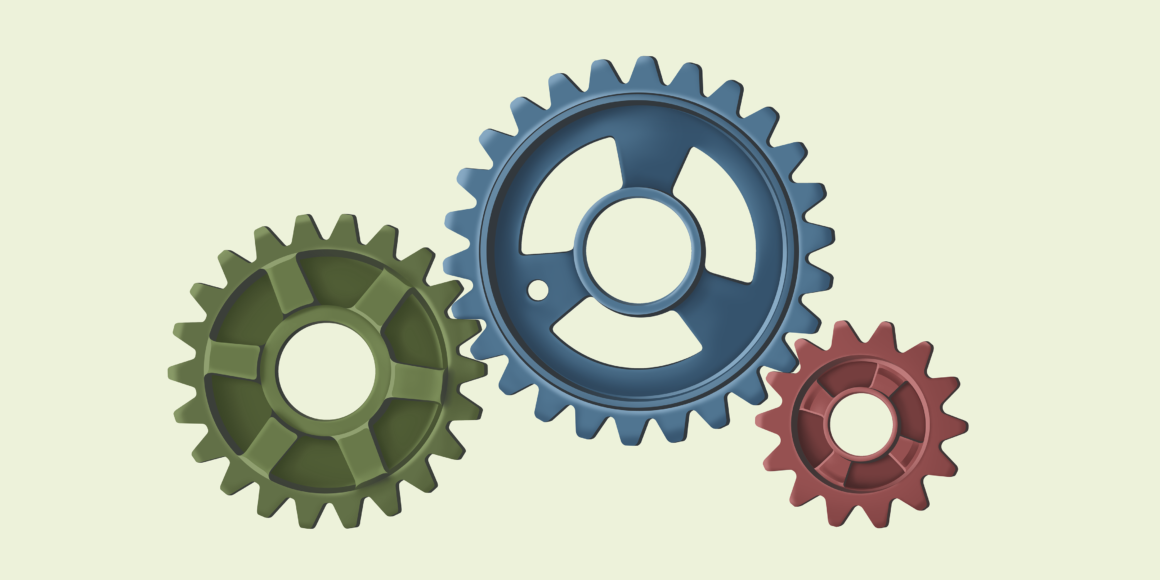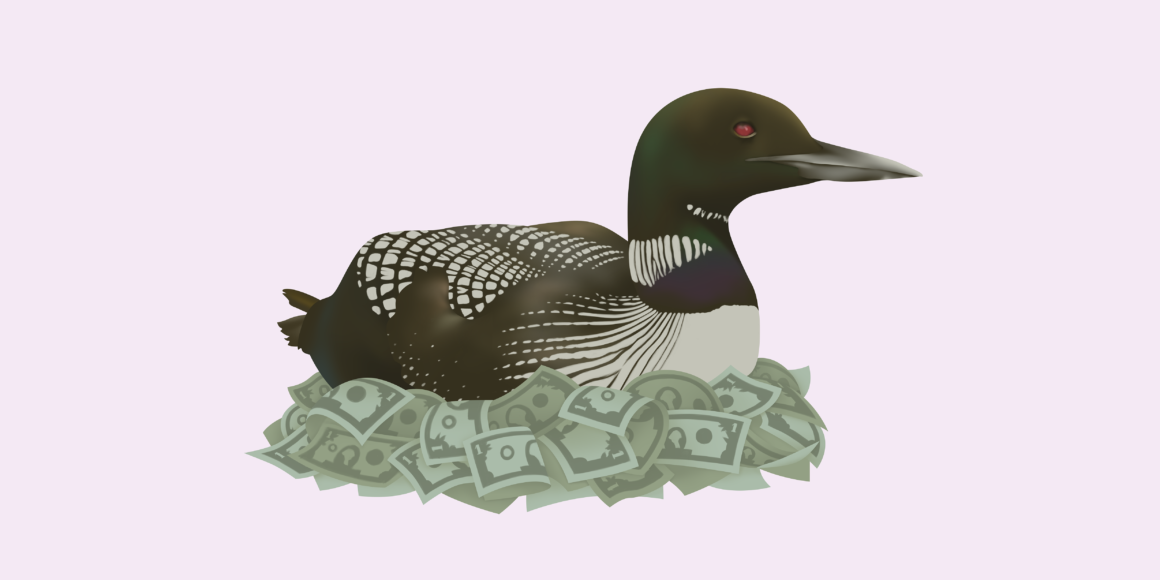*Editor’s Note: The U.S.-Canada tariff situation has been fluid and quickly evolving since the initial tariffs were threatened by President Trump, and at the time of writing this article in February 2025. While the financial information is accurate as described, the news events the interview refers to are ever-changing.
Tariffs have dominated the economic news cycle since Donald Trump became U.S. president in early 2025, and immediately moved to enact 25 per cent tariffs on Canadian exports (which were then temporarily halted after Canada agreed to a number of border protection and drug control measures). For Canada, whose biggest trading partner is the U.S., the effects could be massive. Much remains to be seen as to how this potential trade war will play out, but it’s important to understand what tariffs are and what they may mean for Canada and Canadian consumers.
The Financial Pipeline spoke with Douglas Porter, BMO’s chief economist and managing director of economics, about tariffs and trade. Answers have been edited for brevity and clarity.
The Financial Pipeline: How would you describe tariffs?
Douglas Porter: Basically, it’s a tax on imports. Let’s say Canada sends something to the U.S. such as a can of tomatoes that normally costs $5. The U.S. puts on a 25 per cent tariff, which is $1.25. So, now that can of tomatoes costs $6.25.
FP: Who ends up paying for that difference?
DP: It’s debatable who ends up bearing that cost. Does the producer in Canada have to cut their price to keep it competitive in the U.S.? Does the importer have to pay that price? Or does the consumer ultimately bear the entire burden – do they end up paying $1.25 more? It’s not clear (and) economists really do struggle with that, but somebody’s bearing a cost, and it might be shared.
FP: How much of what Canada exports goes to the United States?
DP: Around three quarters of our exports go to the U.S. That’s pretty much been a constant for decades.
FP: What percentage of the U.S. economy is that?
DP: It’s not big. In terms of GDP, or the value of the economy, the U.S. is actually more than 10 times bigger than us. That trade matters a lot more to our economy than it matters for them. What we export to the U.S. just in goods, not services, it’s about 20 per cent of our GDP (gross domestic product). For the U.S., what they export to us is less than two per cent of their GDP, so it’s a really unbalanced relationship. There’s no doubt about it, if the U.S. gets aggressive they have a lot more leverage and a lot more power.
FP: Which industries in Canada would be affected most by U.S. tariffs?
DP: Autos and auto parts, and transportation equipment. You can even get into things like buses and rail cars and aerospace – basically transportation equipment – but also metals like steel and chemicals. Furniture and clothing. I do believe (the) natural resources areas probably could have dealt with (the initial 25 per cent tariff threat), but manufacturers would have been really struggling because their margins are very tight and there’s a lot of competition from elsewhere in the world.
FP: Which areas of Canada were most likely affected by U.S. tariffs?
DP: Regionally and sectorally, southern Ontario (is) most at risk; I would say central Canada in general, because (under the initial 25 per cent tariff threat) manufacturing would have been hit hard and manufacturing is integrated and directed to the U.S. British Columbia and Alberta would have probably made it through this the best. B.C. does not sell that much to the U.S., and most of what they do sell are natural resources.
FP: How would retaliatory tariffs work, with Canada putting tariffs on goods coming in from the U.S.?
DP: Ottawa’s response in the retaliation (when the Canadian government announced counter tariffs to the potential U.S. tariffs) was much more measured than what the U.S. was planning on doing. It was not an insignificant amount of goods that Ottawa was talking about putting tariffs on, it was about $155 billion, which is about five per cent of our economy. Ottawa was being very mindful about what products they were picking. They were basically choosing things that Canadians could find substitutes for – different items of clothing, different food items – so it wouldn’t necessarily hurt them too much in their pocketbook. What the U.S. was doing was really an attack on our producers, not on our consumers. So, a lot of domestic industries would not have been that directly affected. The retaliation by Canada would have brought it home a bit to the consumers … (but) I don’t think the consumer would have been in the direct line of fire (at that point). However, if we started to see job losses in the export sector, and I think we would have, that’s when it starts to affect the average person, when you start to get job losses, or people having their shifts reduced, or wages cut because the firms just can’t operate anymore.
FP: If Canada imposed counter tariffs, would the U.S. find ways to absorb that price increase due to the tariffs, or would that be passed on to U.S. consumers?
DP: In some cases, it would have been passed on U.S. consumers. Just to pick one example, something like uranium. There really is no other supplier, or no ready supplier (other than Canada, so) the price increase for that tariff was going to get passed right on to the consumer, which would have been a U.S. nuclear plant, a U.S. utility. We actually don’t sell that many finished products to the U.S. – autos, yes – but a lot of what we sell are raw materials or intermediate products. So, it would have been a little bit more subtle for the U.S. consumer. The risk is it would put some more upward pressure on U.S. inflation. (If you add in) the 25 per cent tariff on Mexico, 25 per cent tariff on Canada, a 10 per cent extra tariff on China, it does all begin to add up. Those three countries account for roughly 40 per cent, or a little bit more, of all U.S. imports. We’ve been in a three-year battle with inflation, and it has not been completely won in the U.S. This did threaten to make inflation flare up again. And that’s the last thing the U.S. needs at this point. (January’s inflation rate in the U.S. stayed stubbornly at three per cent, above the two per cent target rate).
FP: How would tariffs or a trade war affect Canadian consumers?
DP: The retaliation would have been the (biggest) impact, (but) I think it was manageable. The other issue, though, is the weak Canadian dollar and that is tied into the trade war and the threat of the trade war. What that tends to do is, of course, suddenly increase the cost of things that we import from all around the world, not just the U.S. because a lot of things are priced in the U.S. dollars. A weaker Canadian dollar does increase the cost of what will be imported, and we import a lot of fresh fruit and vegetables in the winter months. Even gasoline prices, they’re driven by world oil prices (which) are priced in U.S. dollars.
FP: Why is it such a big deal for Canada to have its biggest trading partner threaten tariffs on its exports?
DP: Well, it’s a huge part of our economy, end of story. Exports to the U.S. make up 20 per cent of (our) GDP, if that’s under threat, it’s like business investment suddenly all going to zero. So much of capital spending in this country is geared to the export industry. If our export market is threatened, businesses will be really reluctant to invest. They’ll be very reluctant to hire. I heard stories – before we knew we had a reprieve – that all new projects in the auto sector were coming to a complete halt. Obviously that sector is probably more affected than anyone else. But I’m sure firms across the country were reviewing their capital spending plans, their hiring plans, and asking: ‘Does this make sense when we have so much uncertainty in such a major part of our economy?’ The U.S. stock market, the global markets, did not like it, even European markets were quite weak. A trade war is just not good for the global economy. It’s definitely not good for the Canadian economy.





